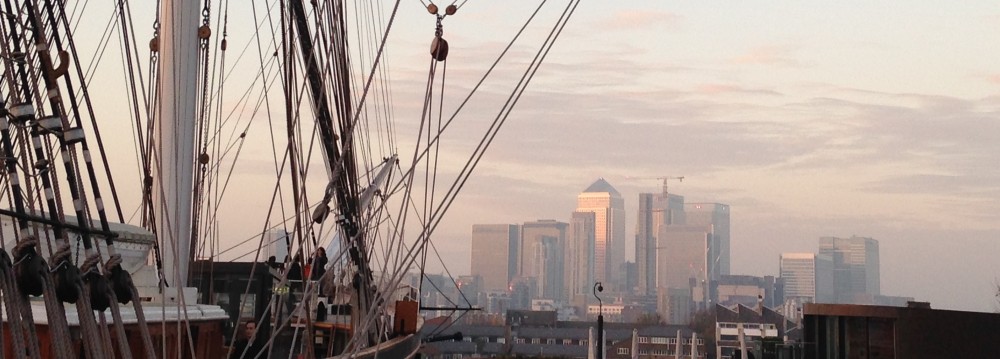Escape to Brittany
Thanks to a kind invitation from a friend in Brittany, the possibility to escape for a few days from the wet, grey Parisian Winter and Spring beckoned. And, so, we set out from Paris for the Rhuys Peninsula on the Atlantic coast on the south side of Brittany. Our home base would be the little village of Penvins, which is surrounded by gorgeous countryside and sea. This proved to be an ideal starting point for exploring the nearby towns of Port Navalo, Saint Gildas, Sarzeau and Vannes, as well as the nature preserve and castle at Suscinio and the old tide-powered grain mill at Pen Castle.

Notre Dame de la Cote – Penvins: This little church stands on a modest spit of land jutting out into the Atlantic. The builders chose a design resembling a Greek cross, which enabled it to better resist the seasonal winds. According to a marker by the church: on this site previously stood a Gallo-Roman chapel, which superseded a even older iron age religious site.
One is never far from water on this little peninsula, a fact that heavily influences the environment. The air is clean and fresh, at times windy. Several old windmills and a number of immense new ones are strategically located to take advantage of the gusts. From hiking and bird watching to swimming and sailing, people orient their free time to the coastal outdoors. Fresh local seafood can be found in the open-air markets and on the restaurant menus. Wetlands have been preserved. Development is generally of the low-rise variety.
The connection to the sea is present in the culture. Via their harbors, the coastal towns face outward towards the sea. Casual conversation often turns towards boats, seafood or water-related activity. We visited several old churches with model ships or other art with sea motifs.

Penvins: The city hall is a little building at a crossroads in the center of town. A sign out front directs visitors to the beach!
The legacy of long human settlement — spanning thousands of years — is also very present. Neolithic people left behind numerous rock monuments such as menhir and dolmen. They appear to have thrived here, prior to the arrival of the Celts including the Bretons. The waves of subsequent immigration brought further development. Today, many towns boast expansive historic centers dating back to the early middle ages.
The Celtic culture blends with the French. A minority of folks still speak the Breton language, which is related to Welsh. While the language suffered from suppression by Francophiles during the past century, it is now enjoying a modest revival thanks to educational efforts and cultural programming via the media. More broadly, the Breton culture continues to influence the atmosphere through its music, cuisine and other cultural presentations (including the proudly displayed Breton flag).
This spring the Rhuys peninsula was a particularly wondrous sight for us. We were restored by the sunshine, wildflowers, clean air and hikes in nature, not to mention local cuisine and cider. Even in the course of a short visit, such a place can help one to regain some perspective on what matters. I suspect that given a bit more time there, one might rediscover a sustainable feeling of serenity.
Photo tour of the Rhuys Peninsula from Penvins to Port Navalo
Use arrows under the gallery to scroll up or down and display additional photos. If you have trouble viewing the display, then click here to go to the page on the blog: Permalink.
[flagallery gid=21 name=Gallery]
Recommendations
Creperies
- Les Salines – 11, rue Ker An Pou, 56370 Penvins: Fine creperie in the center of the village, with outdoor seating. Try the caramel-salted butter crepe for dessert. Note: hours vary by season. Tel. 02.97.67.44.61
- Avel Vor – 4, place Richemont, 56370 Sarzeau: Set on the market square next to St. Saturnin church, this restaurant serves crispy and creative crepes of excellent quality. Try the scallops (St. Jacques) and creme crepe for a main course. Outdoor seating for nice weather.
Cider
- St. Armel Cider – This award-winning cider is available at La Maison du Cidre (Musée du Cidre), Route de Lann-Vrihan (RD 780 – Axe Vannes-Sarzeau – Rond point du Hézo), 56450 Le Hézo, Tél./Fax : 02 97 26 47 40. Fine “cidre brut” at a reasonable price!
Google Map of Brittany, with the Rhuys Peninsula indicated by the red marker







